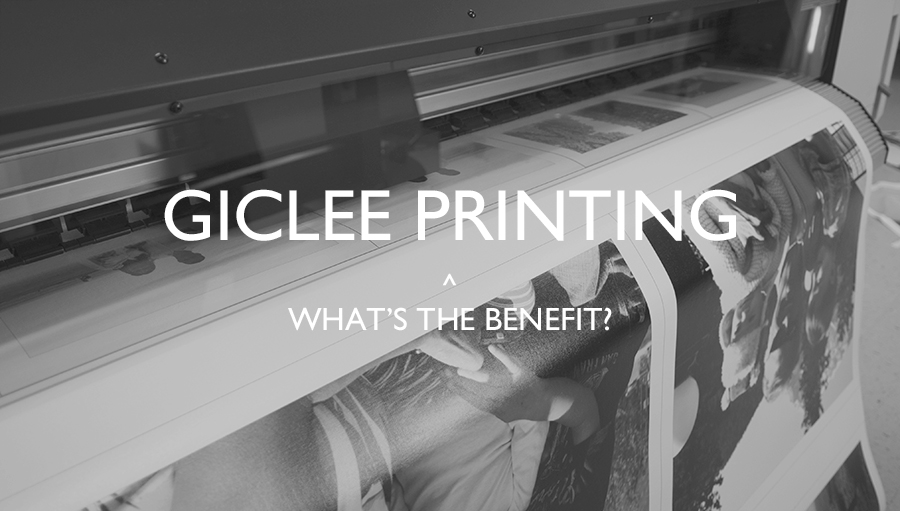
The Miracle of Sight
In this sense, we are not talking about traditionally “seeing” an image. Many of those who are born blind have never experienced some of the most impressive works of art. From the Mona Lisa to paintings by Vincent Van Gogh, these images were all but out of reach for those without the gift of sight. This is all now changing thanks to three-dimensional printing techniques. Individuals are now able to “feel” the pictures themselves due to raised details. The famous “Mona Lisa smile” can be experienced by those who may not have the chance to see her intriguing grin in real life. Even the contours of a geographical region of the world can be appreciated for the first time.
From Touch to Emotion
The reason that such seemingly miraculous feats are possible is that the blind have learned to associate touch with imagery. We are all aware that those without sight will often run the tips of their fingers across the face of another individual to paint an “image” of their features within their mind. Over time, this ability becomes highly refined and enables the blind to discriminate between countless different people. This very same principle has now been incorporated into the latest three-dimensional printing technologies.
A New Form of Art?
Three-dimensional art has traditionally been represented in famous statues such as Michaelangelo or the “The Thinker” by Auguste Rodin. Given the recent development in 3D printing, artists have become interested in incorporating 3D printing in to their art practices. Three-dimensional printing has opened up an entirely new world for those who are blind, making it possible for everyone to experience art, which was once restricted only to those who could visually appreciate form and colour.
Thanks to this massive breakthrough, the world of art has immutably changed. It will be very interesting to see what impact this technological revolution has upon the artistic landscape in the future.
Article contributed by Garima Mehta for Spectrum Photographic – professional photographic & giclée printing

